Interested in current exterior house color trends? Read about them in InPaint Magazine. They tapped exterior house paint consultant, Amy Krane Color, to hear what’s happening in the NorthEast and around the U.S. Click here.
In general, Northern locales choose cooler, more muted colors while the South chooses warmer, bolder tones. The home’s architectural style, local materials, the landscape and the cultural background of the inhabitants all influence exterior home color choices around the U.S.
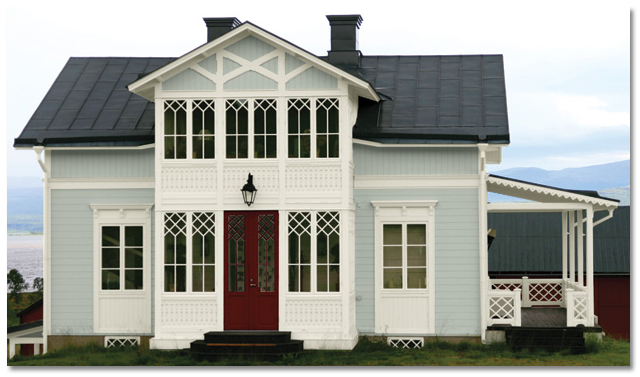
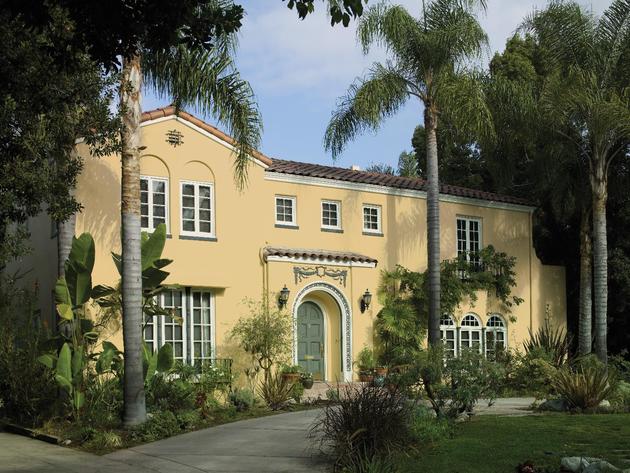 In the Northeast, many colors are influenced by the proximity to the coast. Classic combinations for historical homes inform the choice for many homes from the Federal, Georgian, Colonial and Victorian styles, to name a few. The rise of the use of grey in interior home design has affected color choices for home exteriors also. We’re also seeing an uptick in the use of black for homes. Northwestern colors tend to be monochromatic and nature inspired. The colors reflect the climate, the Pacific coast and the forests. Greys, blues, grey/blues and deep greens are common.
In the Northeast, many colors are influenced by the proximity to the coast. Classic combinations for historical homes inform the choice for many homes from the Federal, Georgian, Colonial and Victorian styles, to name a few. The rise of the use of grey in interior home design has affected color choices for home exteriors also. We’re also seeing an uptick in the use of black for homes. Northwestern colors tend to be monochromatic and nature inspired. The colors reflect the climate, the Pacific coast and the forests. Greys, blues, grey/blues and deep greens are common.
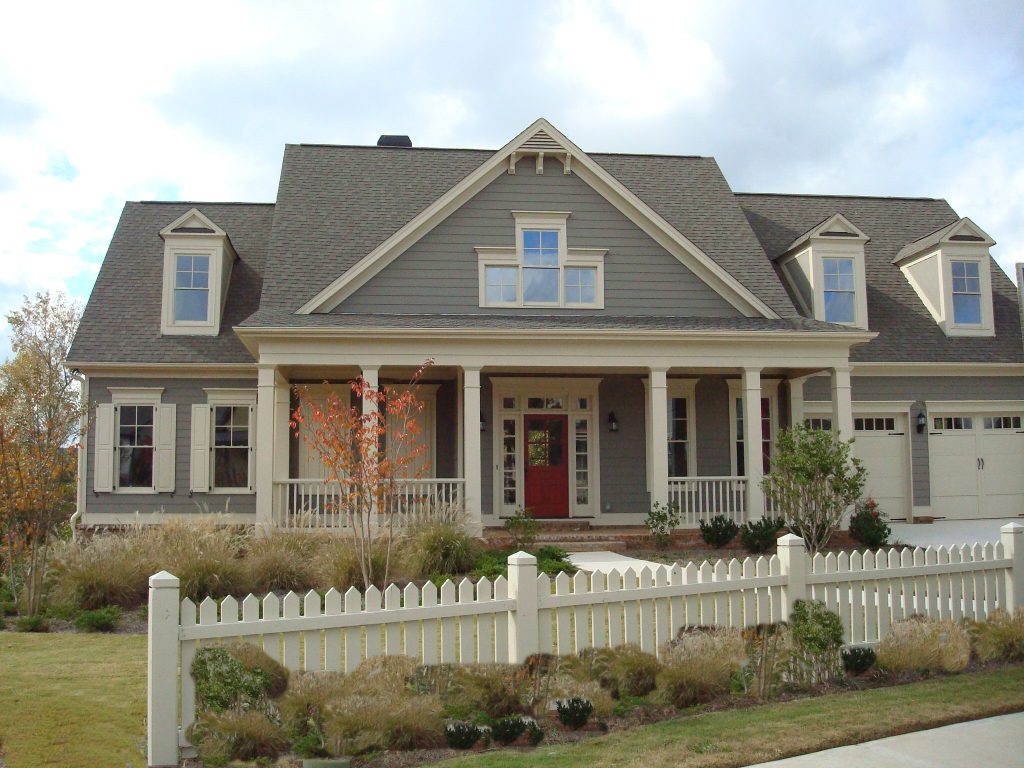

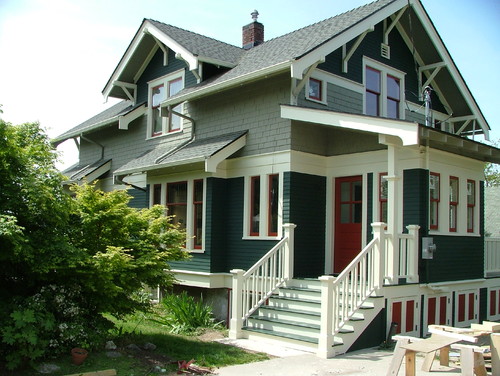
Certain colors are used all over the U.S., the most prevalent being white. Traditional schemes like white body with black shutters still abound but we are seeing a shift to a darker body with a lighter trim, which reverses some historical tradition.
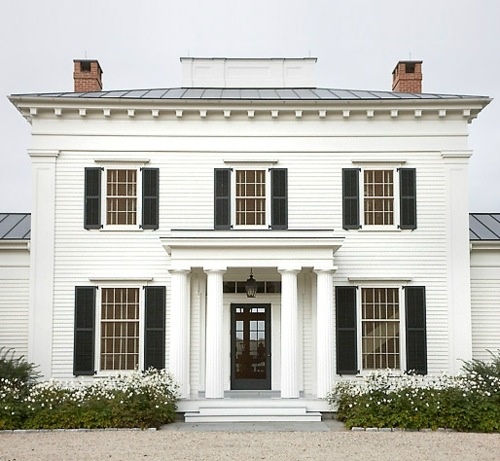
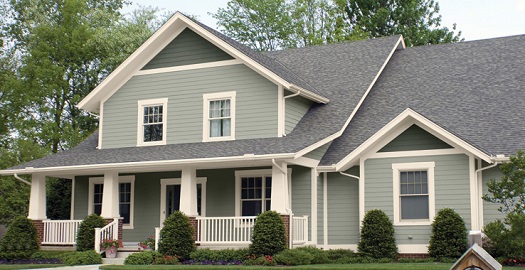
Also very popular are neutrals such as beiges and naturals like tan, taupe and putty. However we are seeing a new attraction for bold, bright individualistic choices for accent areas including front doors and shutters.

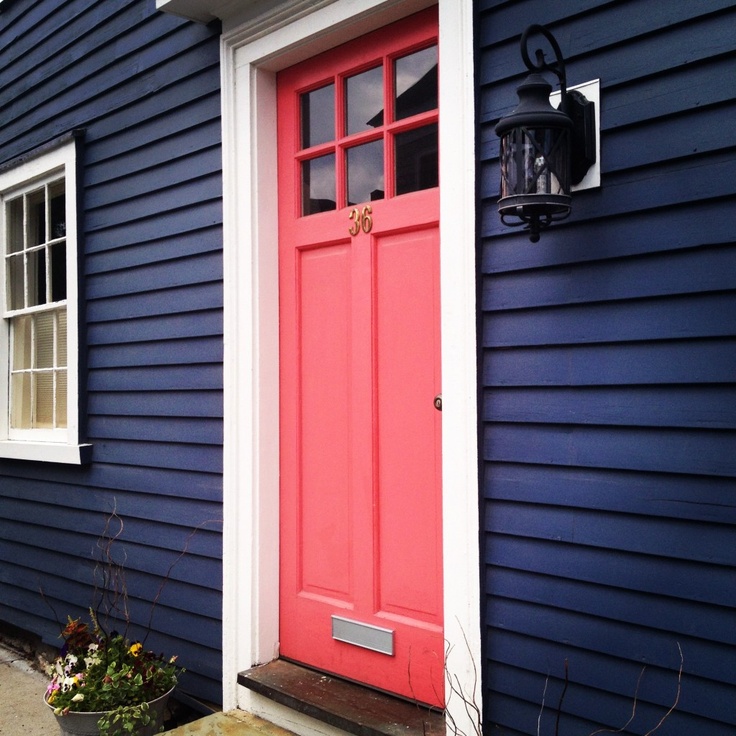
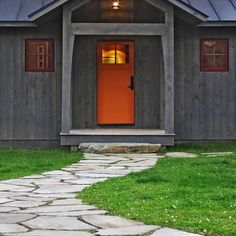 In the Midwest, tones are earth- based. They include browns, wheat, rust, mustard, putty and greens. These colors are typical for Prairie Style and Arts & Crafts homes in that area.
In the Midwest, tones are earth- based. They include browns, wheat, rust, mustard, putty and greens. These colors are typical for Prairie Style and Arts & Crafts homes in that area.
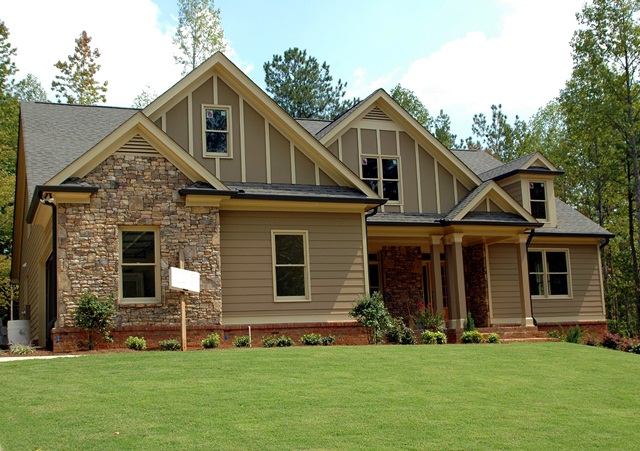
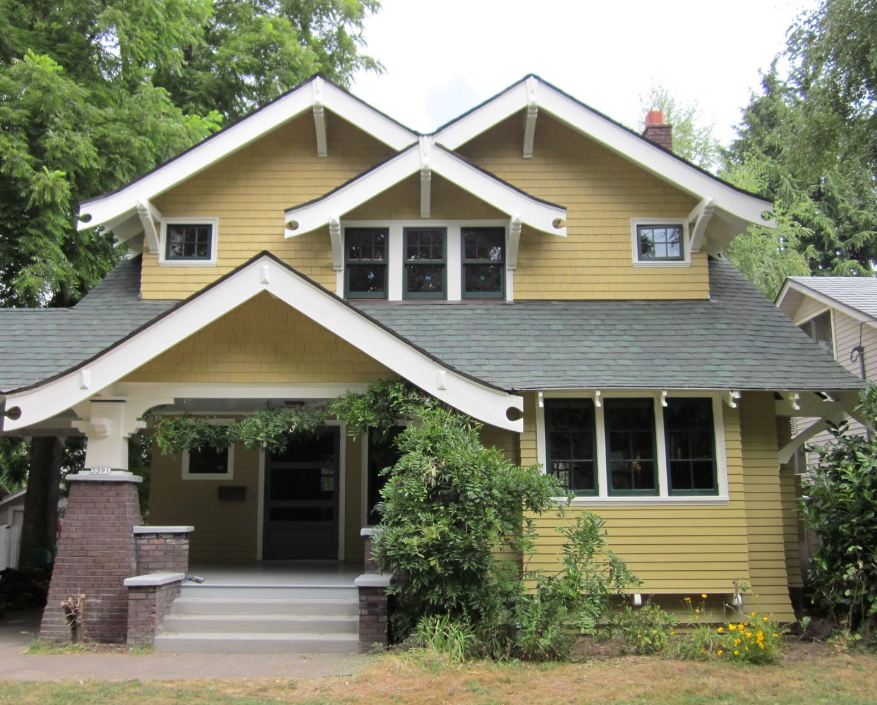 The Southwest goes for warm desert tones. These include terra cotta, beige, cream, copper, tans and sand colors. Proximity to Hispanic and Native American populations affects the choice of palette as do local construction materials like adobe and stucco.
The Southwest goes for warm desert tones. These include terra cotta, beige, cream, copper, tans and sand colors. Proximity to Hispanic and Native American populations affects the choice of palette as do local construction materials like adobe and stucco.
 In the West nature dictates the color palettes. Greens, putty, browns and stone colors are used. The hues reflect the mountains and natural elements in the rugged landscape. Natural wood stains are common. So are deep rusty reds, gold and taupe.
In the West nature dictates the color palettes. Greens, putty, browns and stone colors are used. The hues reflect the mountains and natural elements in the rugged landscape. Natural wood stains are common. So are deep rusty reds, gold and taupe.


